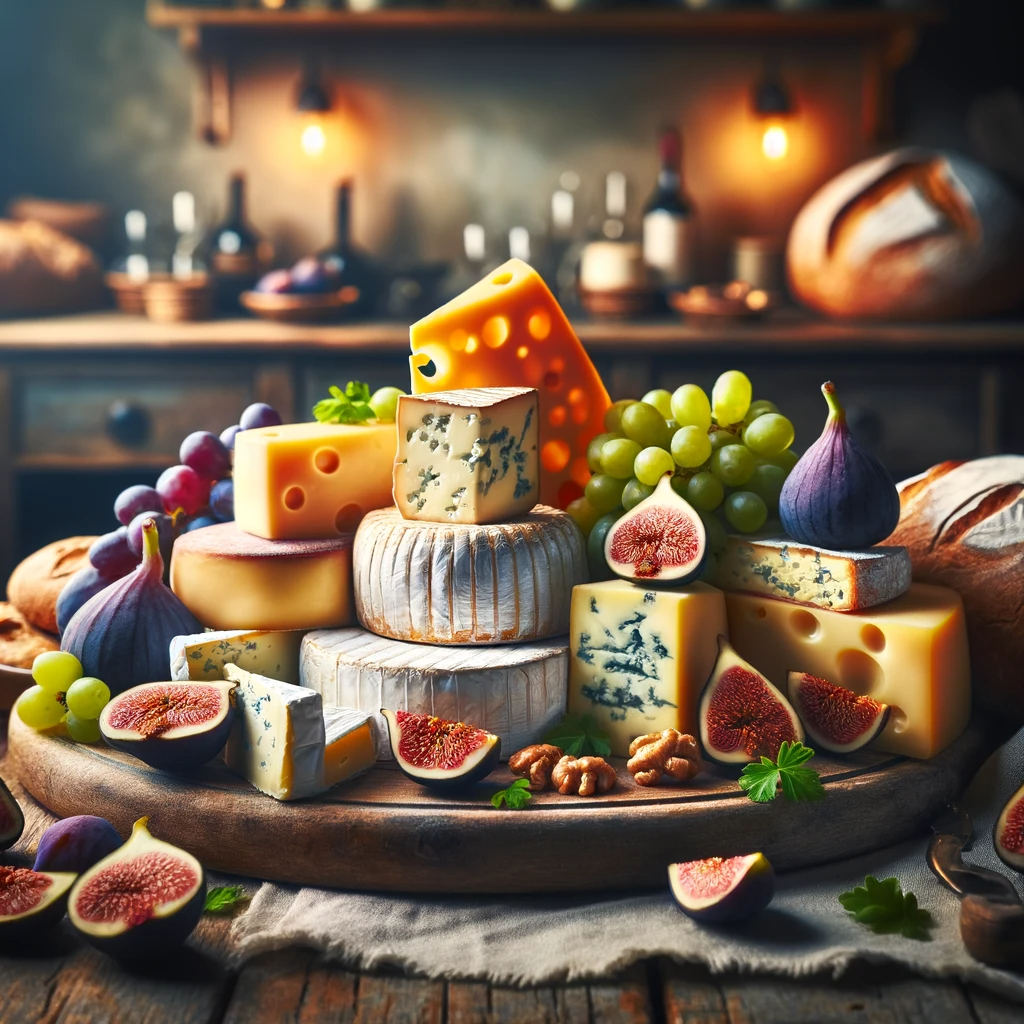Cheese is a beloved dairy product enjoyed worldwide for its diverse flavors and textures. While cheese-making might seem like a simple process of curdling milk and aging it, there’s a complex chemistry at play. Enzymes play a crucial role in the creation of cheese, influencing both its ingredients and texture. In this article, we’ll delve into the fascinating world of enzymes in cheese, exploring their functions, types, and their impact on the final product.
Understanding the Basics: What are Enzymes?
Enzymes are biological molecules that act as catalysts, speeding up chemical reactions without being consumed themselves. In cheese-making, enzymes are responsible for breaking down milk components, leading to the formation of curd and whey. Two primary types of enzymes involved in cheese production are microbial enzymes and rennet.
1. Microbial Enzymes
Microbial enzymes are naturally occurring in milk and are responsible for initiating the coagulation process. The most important microbial enzymes in cheese-making are:
- Lactase: This enzyme converts lactose (milk sugar) into lactic acid, creating the acidic environment necessary for coagulation.
- Proteases: Proteases break down milk proteins (casein) into smaller fragments, aiding in the formation of curd.
2. Rennet
Rennet is an enzyme traditionally sourced from the stomach lining of calves, though today, it is mostly produced synthetically. It plays a critical role in cheese-making by coagulating milk proteins more efficiently than microbial enzymes. The primary enzyme in rennet is chymosin, which specifically targets kappa-casein, a protein that stabilizes the milk structure.
The Cheese-Making Process: Enzyme Action Step-by-Step
Now, let’s explore how enzymes influence the cheese-making process, from curdling to texture development.
1. Coagulation and Curd Formation
- Microbial enzymes lower the pH of the milk through lactose conversion to lactic acid.
- This drop in pH causes casein proteins to denature and aggregate, forming curds.
- Rennet strengthens curd formation by cleaving kappa-casein bonds, making the curd more stable.
2. Texture Development
Enzymes continue to work during the aging process, impacting cheese texture:
- Proteolysis: Enzymes break down proteins further, influencing the texture and flavor development.
- Lipolysis: Enzymes break down milk fats into fatty acids, contributing to flavor and texture.
Enzymes and Cheese Varieties
Different cheese varieties rely on specific enzymes and aging conditions, leading to diverse textures and flavors:
- Soft Cheeses: Brie and Camembert depend on proteases for their creamy texture and distinct flavor.
- Hard Cheeses: Cheddar and Parmesan utilize both microbial enzymes and rennet, resulting in their firm, crumbly textures.
- Blue Cheeses: Blue cheeses like Roquefort and Gorgonzola are known for their sharp flavor, achieved through extensive proteolysis and mold development.
Challenges in Enzyme Control
While enzymes are essential for cheese production, controlling their activity can be challenging. Factors such as temperature, pH, and aging conditions must be carefully monitored to achieve the desired texture and flavor. Enzyme activity can vary even within the same cheese batch, making cheese-making both an art and a science.
Conclusion
In conclusion, enzymes play a fundamental role in shaping the ingredients and texture of cheese. From initiating coagulation to influencing flavor development, enzymes are the unsung heroes of the cheese-making process. Understanding their functions and effects on different cheese varieties can enhance your appreciation for this delicious dairy product. So, next time you savor a piece of cheese, remember the complex enzymatic journey that brought it to your plate.
